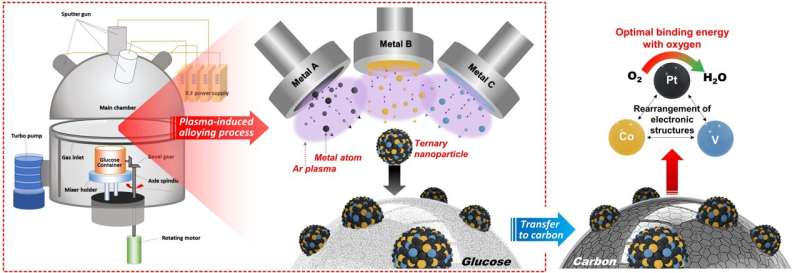Ukrainian cities such as Kharkiv and Mariupol face heavy shelling, as an incursion into Kyiv looms. Meanwhile, over 1 million people have fled Ukraine and the ICC has opened a war crimes inquiry.
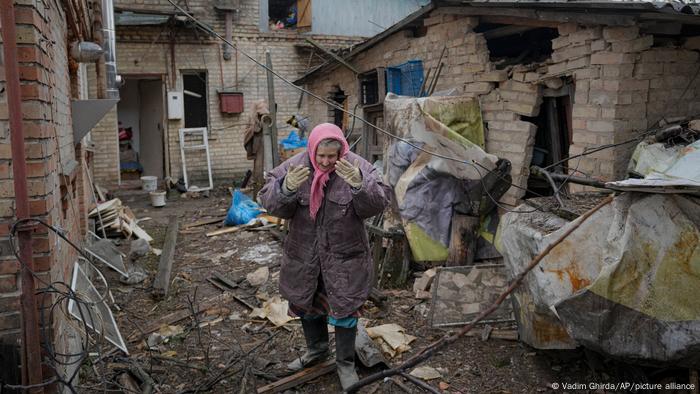
The invasion has devastated Ukraine's civilian population, forcing hundreds of thousands of people to flee
Russia's invasion of Ukraine enters its eighth day
International Criminal Court opens war crimes investigation into Russia
The majority of UN member states call for Russian forces to leave Ukraine
Air raid sirens in Kyiv
Residents of the Ukrainian capital were told to go to the nearest shelter early Thursday morning. Videos shared on social media showed explosions hitting the city.
More than 1 million refugees flee Ukraine
The UN high commissioner for refugees, Filippo Grandi, said more than 1 million people have fled Ukraine.
Grandi tweeted, "In just seven days we have witnessed the exodus of one million refugees from Ukraine to neighboring countries."
The 1 million figure amounts to the displacement of more than 2% of Ukraine's population. As of 2020, World Bank figures showed Ukraine had a population of 44 million.
The UNHCR predicts up to 4 million people could make an exodus out of Ukraine, though with the caveat that this figure too could increase.
At this rate, UNHCR spokesperson Shabia Mantoo said that "at this rate" Ukraine could experience "the biggest refugee crisis this century."
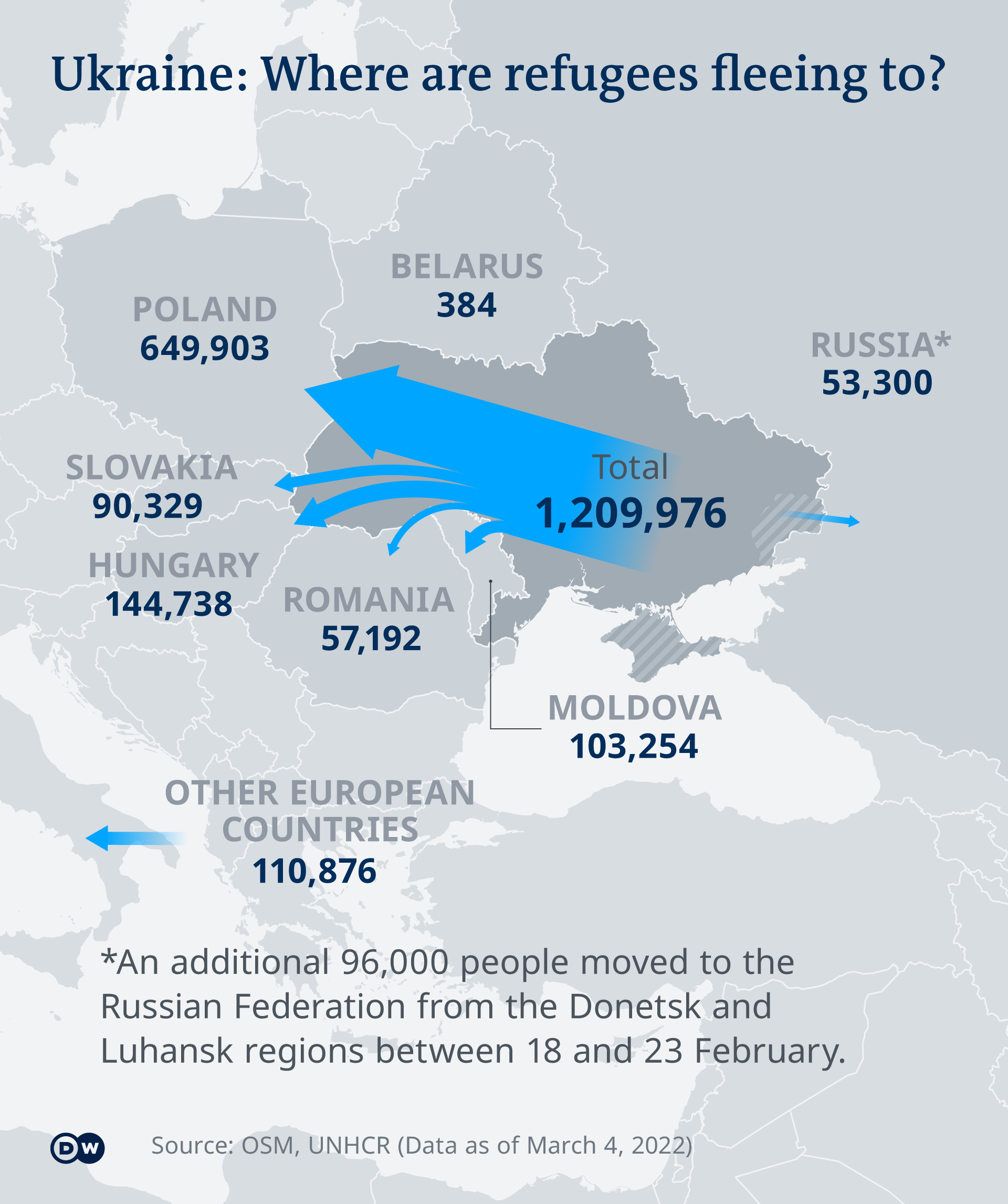
German TV to broadcast benefit 'Concert for Peace'
German television will broadcast a soldout "Concert for Peace" to raise funds for humanitarian aid for the people of Ukraine. The concert is being organized by the Berlin State Opera with Staatskapelle Berlin star conductor Daniel Barenboim.
The concert and television event will be in the form of a matinee scheduled for Sunday. Proceeds will go to the UN Ukraine Humanitarian Fund (UNHF).
The presidents of the European Central Bank (ECB), Christine Lagarde, and the Bundesbank, Joachim Nagel, will attend. Both central banks will make donations to the UNHF.
The Ukrainian national anthem, based on Pavlo Chubynsky's poem "Ukraine Has Not Yet Perished," set to music by Michailo Werbizki, will be included along with symphonies by Schubert and Beethoven.
The Berlin State Opera said its management and staff were "horrified, shocked and deeply concerned about the war that the Russian government has launched against Ukraine."
ICC proceeds with war crimes inquiry in Ukraine
The International Criminal Court (ICC) prosecutor Karim A.A. Khan QC announced he is opening an active investigation into war crimes occurring against the civilian population of Ukraine.
In a statement, Khan wrote, "I have notified the ICC Presidency a few moments ago of my decision to immediately proceed with active investigations in the Situation. Our work in the collection of evidence has now commenced."
Thirty-nine signatories to the court's jurisdiction, including Germany, referred the situation in Ukraine to the ICC, speeding up the course by which it could act.
Russia is not a signatory to the Rome Statute, the treaty which established the ICC.
UN records 752 civilian deaths in Ukraine
The UN Office of the High Commissioner of Human Rights (OHCHR) monitoring mission in Ukraine said it had recorded 752 deaths among Ukrainian civilians since the conflict began at 4 a.m. (0300 GMT) on February 24. An additional 525 have reportedly been injured during the war.
In a statement, the monitoring mission noted, "This is more than the total number of civilian casualties recorded by OHCHR in the conflict zone of eastern Ukraine from 2018-2021," when 136 people were killed.
"Most of these casualties were caused by the use of explosive weapons with a wide impact area, including shelling from heavy artillery and multi-launch rocket systems, and airstrikes," the UN body said.
The statement added that the UN "believes that real figures are considerably higher, especially in Government-controlled territory and especially in recent days, as the receipt of information from some locations where intensive hostilities have been going on was delayed and many reports were still pending corroboration."
Summary of events in Ukraine-Russia crisis on Wednesday
The Russian military said it took control of the southern city of Kherson, yet both the Ukrainian military and Pentagon disputed the claim.
A member of the Organization for Security and Co-operation's (OSCE) Special Monitoring Mission was killed during an attack on the Ukrainian city of Kharkiv.
Russia claims 498 of its troops have been killed so far, a number far lower than Ukrainian estimates.
French President Emmanuel Macron said the war has ushered in a "new era" for Europe and urged the continent to take charge of its own security.
Meanwhile, US top diplomat Antony Blinken described the death toll in Ukraine as "staggering" and voiced support for a cease-fire. President Joe Biden vowed to "inflict pain" on Russian Vladimir Putin in his State of the Union address.
A vast majority of member states in the UN General Assembly voted in favor of a resolution calling for Russia to withdraw its forces from Ukraine. Russia, along with four other countries, voted against the measure.
The International Criminal Court confirmed that it will open an investigation into the conflict in Ukraine.
In Germany, the mayor of Berlin is calling on other German states to assist in helping Ukrainian refugees.
In addition, Germany has pledged help for Ukrainian forces on the ground, with German weapons having arrived in the country.
Russia's economy has taken a hit due to Western sanctions, with international credit rating agency Fitch downgrading Russia to "B" and several multinational firms shuttering operations in Russia.
Jailed Kremlin critic Alexei Navalny called for daily anti-war protests in Russia and Belarus to decry the invasion.
wd, ar/sms (AP, AFP, Reuters, dpa)
Well over 100 UN member states voted to demand the withdrawal of Russian troops from Ukraine. China abstained from the vote rather than backing Moscow, only five countries voted against.
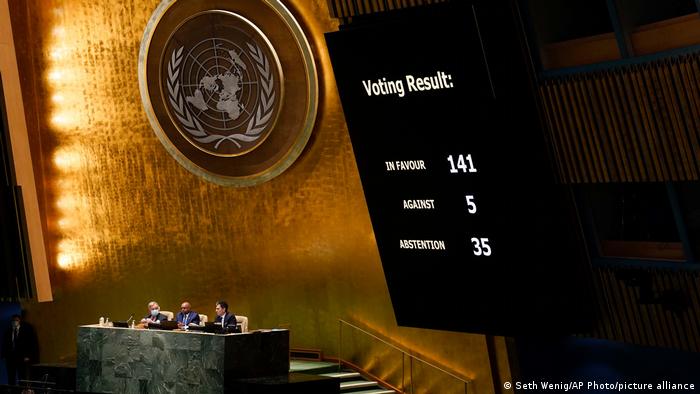
Only five states, including Russia itself, voted against the resolution
The UN General Assembly voted to demand Russia withdraw its troops from Ukraine by a large majority on Wednesday following its invasion of the country that began six days ago.
With 141 UN member states, out of a total of 193, backing the resolution, Moscow is finding itself increasingly isolated on the world stage.
Ahead of the vote, those behind the resolution had been hoping for at least 100 votes in favor, making the final figure quite unexpected.
German Foreign Minister Annalena Baerbock thanked those member states who voted for the resolution for this "historical result." She wrote on Twitter that the vote made clear "when our peaceful order is under attack, we stand together."
Key member states such as China and India, who have yet to explicitly condemn the invasion themselves, abstained, along with 33 others. Only five countries voted against: Russia, Belarus, Syria, North Korea and Eritrea.
Watch video 09:40 UN General Assembly adopts Ukraine resolution: DW's Richard Walker
Russia rejects resolution
The General Assembly resolution "demanded that the Russian Federation immediately cease its use of force against Ukraine and to refrain from any further unlawful threat or use of force against any UN member state."
The text passed by the assembly also expressed "grave concern at reports of attacks on civilian facilities such as residences, schools and hospitals, and of civilian casualties, including women, older persons, persons with disabilities, and children."
Russia's ambassador to the UN, Vasily Nebenzya, responded to the vote saying: "This document will not allow us to stop military activities."
Instead, he argued, it would encourage "radical forces" and "nationalists" in Kyiv.
Moscow has repeatedly referred to the democratically elected government of Ukraine as extremists, saying part of its campaign is to "de-nazify" the country, that is, to remove the government, including its Jewish president, Volodymyr Zelenskyy.
Russia's goal is 'genocide'
The resolution was first presented to the assembly in an emergency meeting on Monday — only the 11th time such a meeting has been called in the UN's 77-year history. The international appeal is not legally binding, but the session was called after a similar resolution was halted by a Russian veto at the more powerful UN Security Council late last week.
"They have come to deprive Ukraine of the very right to exist," Ukraine's ambassador Sergiy Kyslytsya told the Assembly ahead of the vote. "It's already clear that the goal of Russia is not an occupation only. It is genocide."
US Ambassador Linda Thomas-Greenfield accused Russia of increasing "brutality."
"We've seen videos of Russian forces moving exceptionally lethal weaponry into Ukraine, which has no place on the battlefield that includes cluster munitions and vacuum bombs, which are banned under the Geneva Convention," she said.
Originally the text of the resolution said that the assembly "condemns" the invasion, but this was changed several times to broaden its appeal. In the end the assembly said it "deplores in the strongest terms the Russian Federation's aggression against Ukraine."
But the resolution did clarify that the UN was "condemning" Russian President Vladimir Putin's decision to put his country's nuclear forces on alert.
ab/msh (dpa, AFP)
Ukraine's president has condemned Russia's attack on Kyiv, saying the conflict cannot be won with rockets and bombs. He also called on Jewish people to speak out after a missile strike damaged a Holocaust site.

Volodymyr Zelenskyy condemned a Russian attack on Kyiv that damaged a Holocaust memorial
Ukrainian President Volodymyr Zelenskyy on Wednesday accused Russia of trying to "erase" his country and its history.
Russia launched an invasion of Ukraine six days ago with attacks on the capital, Kyiv, and other cities. Since then, hundreds of thousands of people have fled to safety in neighboring countries.
Speaking in a video address, Zelenskyy claimed that almost 6,000 Russian soldiers had been killed since the invasion began on Thursday, adding that Moscow cannot win the conflict with rockets and bombs.
Russia's Major General Igor Konashenkov later said 498 Russian troops had been killed and 1,597 more wounded, the first time Moscow had issued specific figures on casualties. He dismissed the higher death toll as "disinformation.''

A woman cuddles her newborn baby in her arms at a basement used as a bomb shelter at the Okhmadet children's hospital in central Kyiv
Strike damages Babyn Yar
Zelenskyy also condemned a Russian missile strike that hit a television tower in the capital and damaged the site of a Holocaust massacre, saying it shows that "for many people in Russia our Kyiv is completely foreign."
"They know nothing about our capital. About our history. But they have an order to erase our history. Erase our country. Erase us all," he said.
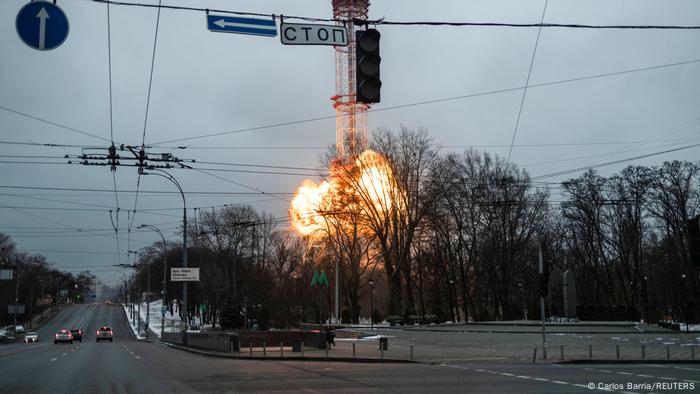
Kyiv's TV tower is next to the Babyn Yar Holocaust Memorial
Ukrainian authorities said five people were killed in the strike near the Babi Yar Holocaust memorial. During World War II, German occupying troops killed more than 33,000 Jews at the site.
"We all died again by Babyn Yar. Although the world has promised again and again that it will never happen again," said Zelenskyy, who is Jewish.
"Don't you see what is happening? That's why it is very important now that you, millions of Jews around the world, do not stay silent. Because Nazism is born in silence. Scream about murdering of civilians, scream about murdering of Ukrainians."
Holocaust remembrance organizations have also condemned the attack.
Russia claims control of Kherson
Russian forces have faced tougher than expected resistance since the invasion began and have not released their own casualty figures.
On Wednesday, Russia's army claimed to have taken control of the southern city of Kherson, while shelling continued in Mariupol and Kharkiv. Meanwhile, a massive Russian convoy has been inching toward Kyiv from the north.
DW correspondent Mathias Bölinger, who is in western Ukraine, said it was not clear what the massive Russian military convoy advancing toward Kyiv would do next.
"We have seen these columns standing there for some time. There are also questions about how long they can stand there because all the fuel and food that they have with them will be eaten away in the time they are standing there."

Russian forces have shelled Ukraine's second-biggest city, Kharkiv
Jan HENNOP
Wed, March 2, 2022
The International Criminal Court's chief prosecutor said Wednesday an active probe into possible war crimes in Ukraine "will immediately proceed" after his office received the backing of 39 countries.
The countries include all EU member states, as well as Australia, Britain, Canada, New Zealand, Switzerland and several Latin American countries.
"I have notified the ICC Presidency a few moments ago of my decision to immediately proceed with active investigations in the Situation" in Ukraine, Karim Khan wrote in a statement.
"Our work in the collection of evidence has now commenced," he added.
Khan announced Monday he was opening a probe into alleged war crimes committed after Russia's invasion of Ukraine last week.
Khan said he believed there was a "reasonable basis" to believe that crimes within the court's jurisdiction had been committed.
But he needed the Hague-based court's judges to approve his decision before going ahead.
However, the ICC countries' referral now means that Khan's probe can continue without the judges' approval, speeding up the process.
"These referrals enable my office to proceed with opening an investigation into the situation in Ukraine from 21 November 2013 onwards," Khan said.
That would include "any past and present allegations of war crimes, crimes against humanity or genocide committed on any part of the territory of Ukraine by any person," Khan said.
UK Prime Minister Boris Johnson told parliament on Wednesday that Russian President Vladimir Putin was "guilty of a war crime" after civilians were bombed in Ukraine, echoing an earlier accusation by Ukrainian President Volodymyr Zelensky.
Khan, who was recently appointed as prosecutor, said his probe will be conducted "objectively and independently" and focus on "ensuring accountability for crimes falling within ICC jurisdiction".
The Hague-based ICC was established in 2002 as an independent court to try individuals accused of genocide, war crimes and crimes against humanity.
The ICC, however, can only prosecute crimes committed on the territory of its 123 member states.
Ukraine is not a member, but in 2014 accepted the jurisdiction of the Court.
Moscow withdrew from the ICC, so the court will only be able to reach Russians if they are arrested on the territory of a state that respects the jurisdiction of the court.
The ICC is also hampered by the fact that it has no police force and relies on state parties to detain suspects -- with varying success in the past.
jhe/lb



